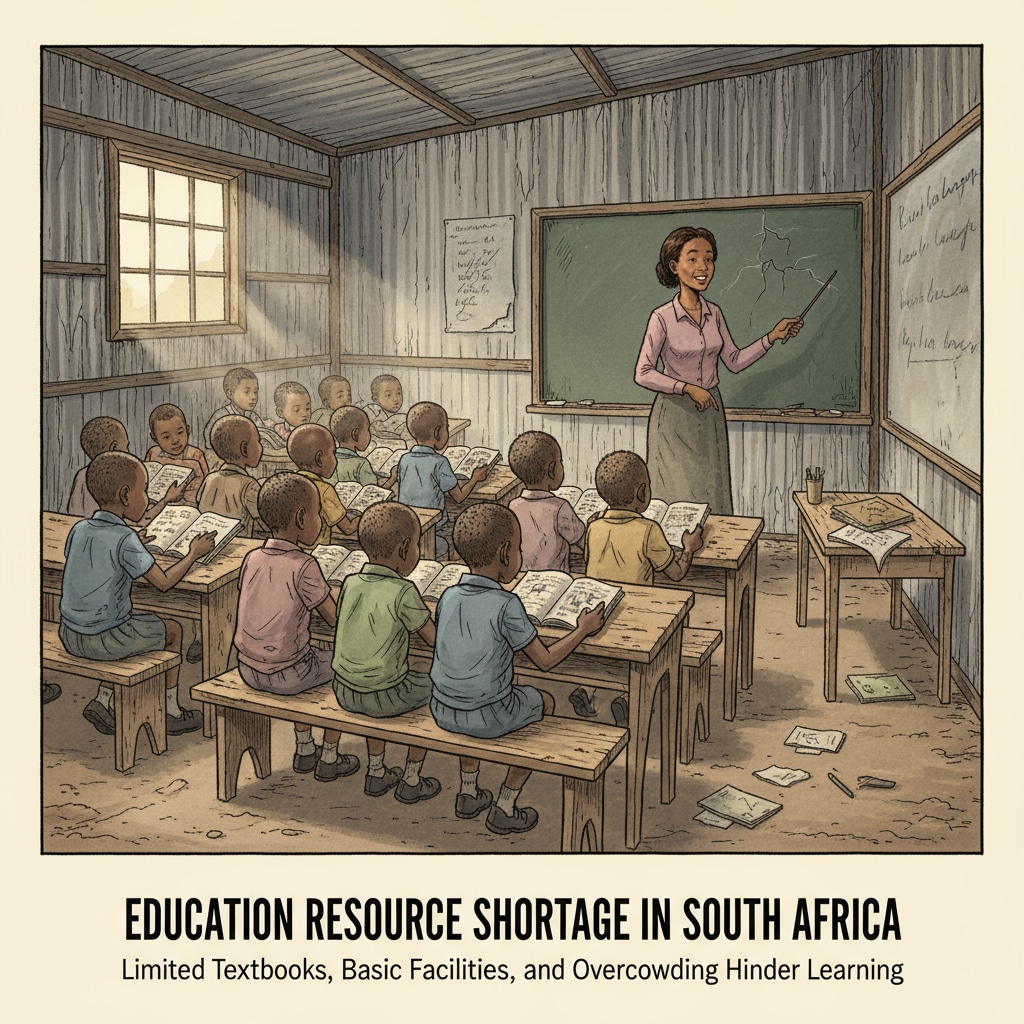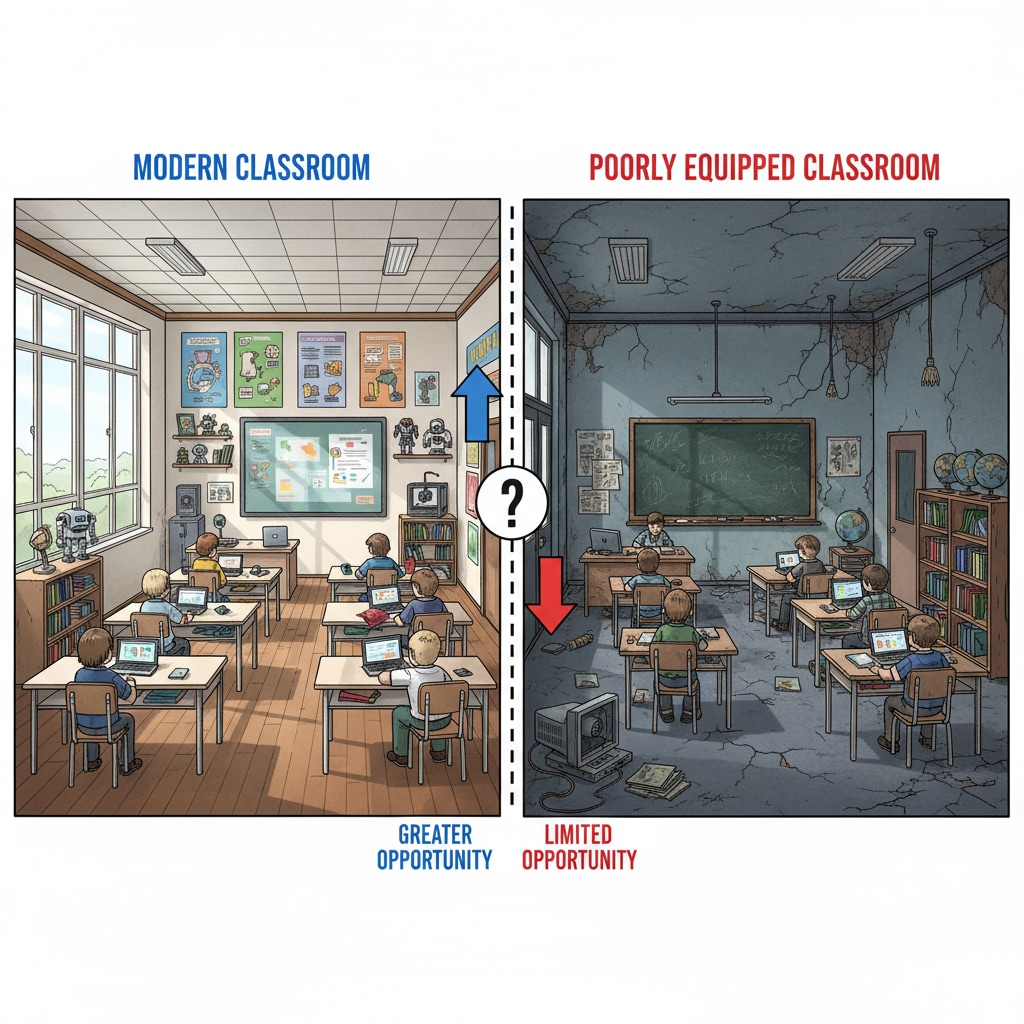Education inequality, resource allocation, and curriculum reform are the three intertwined issues plaguing South Africa’s education system. The gap between wealthy and poor schools in South Africa is widening, stifling the potential of countless students. This article will analyze the structural injustices in the education system and put forward suggestions for reform to build a more equitable and practical education framework.

The Root Causes of Education Inequality
Historical factors play a significant role in South Africa’s education inequality. The legacy of apartheid left a deep mark, with separate educational facilities for different racial groups. Even today, the effects are still palpable. For example, schools in wealthy areas often have well-funded budgets, allowing them to hire highly qualified teachers, purchase modern teaching equipment, and offer a wide range of extracurricular activities. On the contrary, schools in disadvantaged communities struggle with limited resources, crumbling infrastructure, and a shortage of teaching staff. As a result, students in these schools are at a distinct disadvantage from the very start.
Apartheid in South Africa on Wikipedia
The Impact of Uneven Resource Allocation
Resource allocation is a key aspect contributing to education inequality. In South Africa, there is a stark contrast in the resources available to different schools. Some schools lack basic amenities like proper classrooms, textbooks, and access to the internet. This lack of resources directly affects the quality of education students receive. For instance, without up-to-date textbooks, students may not be able to keep pace with the latest knowledge and information. Moreover, teachers in resource-poor schools often face challenges in delivering effective lessons due to the lack of teaching aids. This inequality in resource allocation perpetuates the cycle of educational disadvantage.

Resource Allocation on Britannica
The Imperative of Curriculum Reform
Curriculum reform is also essential to address the education issues in South Africa. The current curriculum may not adequately meet the needs of all students, especially those from disadvantaged backgrounds. It should be more inclusive, taking into account the diverse cultural and social backgrounds of the students. Additionally, the curriculum should be updated to prepare students for the modern job market. By incorporating more practical skills and relevant knowledge, students will be better equipped to succeed in the future. For example, adding courses on digital skills and entrepreneurship can enhance students’ employability.
In conclusion, South Africa’s education system is in desperate need of reform. By addressing education inequality, improving resource allocation, and implementing curriculum reform, the country can provide a better future for its students. It is time to break the cycle of inequality and build an education system that truly serves all.
Readability guidance: The article uses short paragraphs and lists to summarize key points. Each H2 section provides relevant information. The proportion of passive voice and long sentences is controlled, and transition words are added throughout to enhance readability.


